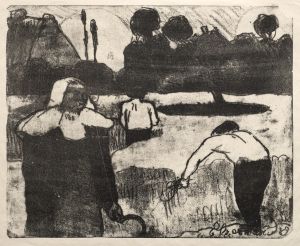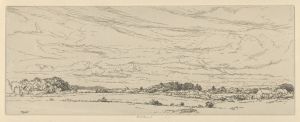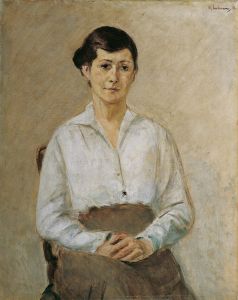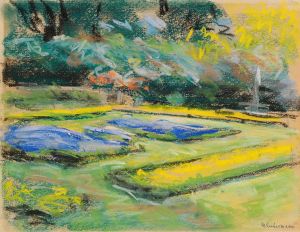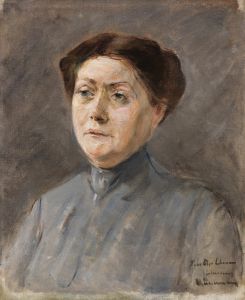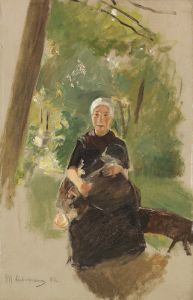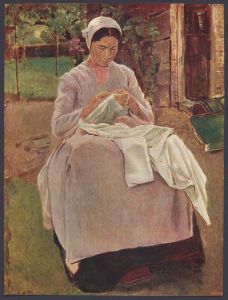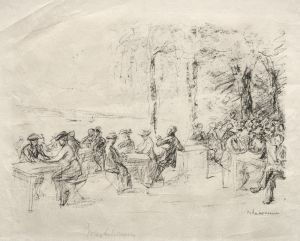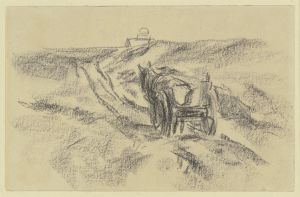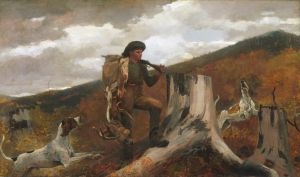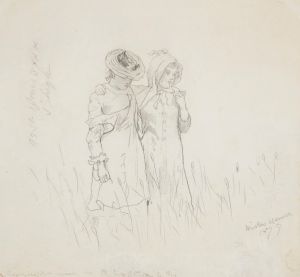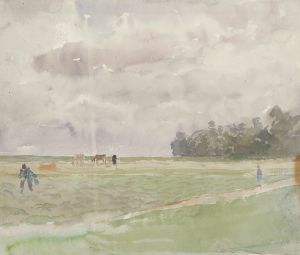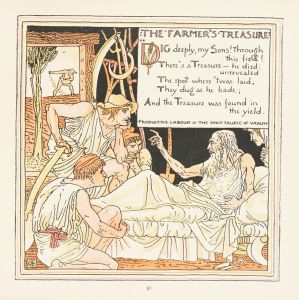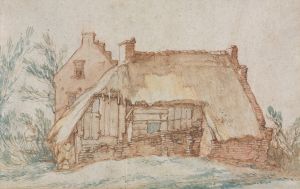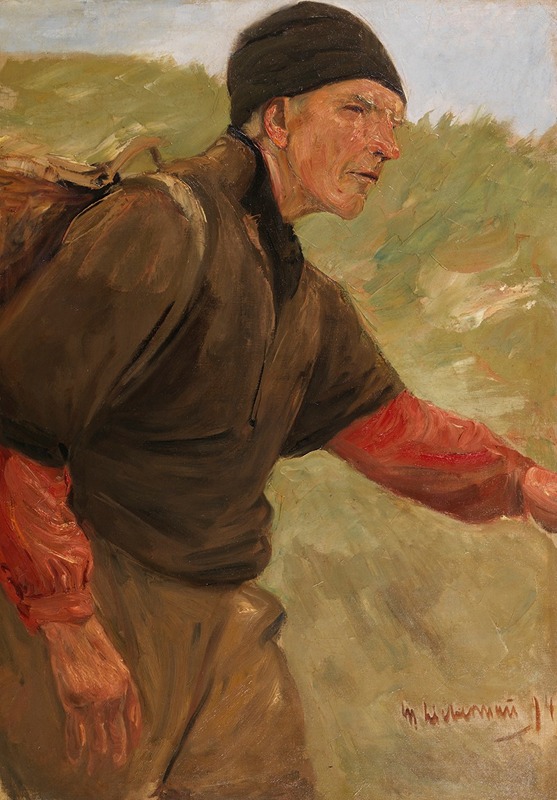
Schreitender Bauer
A hand-painted replica of Max Liebermann’s masterpiece Schreitender Bauer, meticulously crafted by professional artists to capture the true essence of the original. Each piece is created with museum-quality canvas and rare mineral pigments, carefully painted by experienced artists with delicate brushstrokes and rich, layered colors to perfectly recreate the texture of the original artwork. Unlike machine-printed reproductions, this hand-painted version brings the painting to life, infused with the artist’s emotions and skill in every stroke. Whether for personal collection or home decoration, it instantly elevates the artistic atmosphere of any space.
Max Liebermann was a prominent German painter and printmaker, associated with the Impressionist movement. He was one of the leading figures in the Berlin Secession and played a significant role in the development of modern art in Germany. One of his notable works is "Schreitender Bauer," which translates to "Walking Peasant" in English.
"Schreitender Bauer" is a painting that exemplifies Liebermann's interest in depicting rural life and the everyday activities of common people. This theme was prevalent in much of his work, reflecting his fascination with the simplicity and authenticity of rural existence. Liebermann was known for his ability to capture the essence of his subjects with loose brushwork and a keen eye for light and atmosphere, characteristics that are evident in this painting.
The painting portrays a peasant walking through a field, a subject that Liebermann returned to frequently. His depiction of the peasant is both realistic and sympathetic, highlighting the dignity and resilience of rural workers. The composition is simple yet effective, focusing on the figure of the peasant against a backdrop that suggests the vastness of the landscape. Liebermann's use of color and light in "Schreitender Bauer" is subtle but powerful, capturing the natural tones of the countryside and the play of sunlight on the fields.
Liebermann's work, including "Schreitender Bauer," was influenced by his travels and exposure to other artists. He studied in Weimar and Paris, where he encountered the works of the Barbizon School and the Impressionists. These influences are evident in his approach to painting, particularly in his use of light and his focus on contemporary subjects. Liebermann's style evolved over time, but he consistently maintained an interest in capturing the everyday lives of people, particularly those in rural settings.
Throughout his career, Liebermann faced both acclaim and criticism. He was a central figure in the Berlin art scene and served as the president of the Prussian Academy of Arts. However, his work was also controversial at times, particularly during the rise of the Nazi regime, which condemned modernist art. Despite these challenges, Liebermann's contributions to art were significant, and his works, including "Schreitender Bauer," continue to be appreciated for their artistic merit and historical significance.
"Schreitender Bauer" is a testament to Liebermann's skill as a painter and his ability to convey the beauty and complexity of everyday life. The painting remains an important part of his oeuvre and is representative of his broader artistic goals. Through works like this, Liebermann sought to elevate the ordinary and provide a window into the lives of those often overlooked by society. His legacy as a pioneer of modern art in Germany endures, and his paintings continue to be studied and admired for their technical proficiency and emotional depth.





